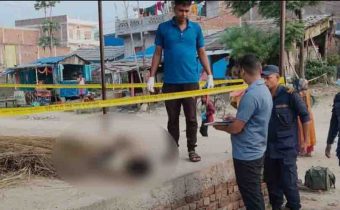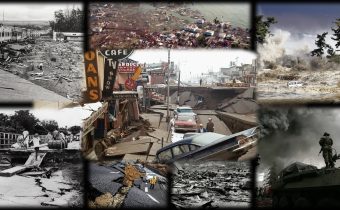The term “red-light district” evokes a complex mix of curiosity, judgment, and ethical concerns. While the sex trade is a controversial subject, its existence is a reality in many parts of the world, often concentrated in specific urban areas known as red-light districts.
Attempting to definitively rank the “10 biggest” is challenging, as “biggest” can refer to physical size, number of workers, or sheer notoriety. Nevertheless, some districts are frequently cited in reports and unofficial lists for their scale and history.
This article delves into some of the most notable red-light districts, acknowledging the complexities and ethical concerns associated with them.
What defines the “biggest” red-light district?
The definition of “biggest” can be subjective and depends on the metrics used.
- Physical Size: The largest geographical area covered by the district.
- Number of Workers: The highest concentration of sex workers in a single area.
- Notoriety: International fame or infamy due to history, cultural significance, or specific features.
- Legal Framework: Some are legally regulated, while others operate in a gray area, making accurate data collection difficult.
10 frequently cited red-light districts around the world
Based on various reports and journalistic accounts, here are some of the most commonly mentioned red-light districts.
1. Sonagachi, Kolkata, India
Often cited as Asia’s largest, Sonagachi is a historic and sprawling district with a high concentration of sex workers. It is an old neighborhood with a long-standing history, making it a prominent example of red-light areas in the region.
2. De Wallen, Amsterdam, Netherlands
Famous for its red-lit windows, De Wallen is possibly the most iconic red-light district in the world. Prostitution here is legal and regulated. Its historical nature and unique form of advertising have cemented its international fame.
3. Kabukicho, Tokyo, Japan
In the heart of Shinjuku, Tokyo, Kabukicho is a bustling adult entertainment district. It’s famous for its host and hostess clubs, bars, and variety of adult venues, making it Japan’s largest red-light area.
4. Reeperbahn, Hamburg, Germany
Dubbed “Europe’s largest red-light district,” the
Reeperbahn is located in the St. Pauli district. Beyond its adult entertainment, it is a vibrant hub for nightlife and music, with a long history stretching back centuries.
5. Pattaya, Thailand
A major hub for the sex trade in Southeast Asia, Pattaya features extensive red-light areas, including its famous Walking Street. The city has long been associated with sex tourism.
6. Patpong, Bangkok, Thailand
Patpong is one of Bangkok’s key red-light districts, known for its busy night market and a large number of bars and clubs catering to the sex trade.
7. Bahnhofsviertel, Frankfurt, Germany
This district stands as a stark contrast, mixing Frankfurt’s financial high-rises with a prominent red-light area near the main train station.
8. Vila Mimosa, Rio de Janeiro, Brazil
A dense urban area, Vila Mimosa is a hub for the sex trade in Rio. It is often regarded as a riskier area for tourists due to its association with crime.
9. Schipperskwartier, Antwerp, Belgium
Antwerp’s red-light district is known for its regulated and more organized approach, particularly with its designated street for window prostitution.
10. Pigalle, Paris, France
Known for the Moulin Rouge, Pigalle has a historical association with adult entertainment, though much of its sex trade is discreet and officially illegal.
Conclusion
The existence and nature of red-light districts reflect complex social, economic, and historical factors. The ranking and reputation of these areas can shift over time. While some are heavily regulated, others operate in the shadows, with significant ethical concerns tied to exploitation and illegal activities. Understanding these districts requires looking beyond surface-level fame to recognize the challenging realities and societal implications associated with them.
Disclaimer: This article is for informational and educational purposes. It addresses a topic of significant social and ethical complexity, including human trafficking and exploitation. It is not an endorsement of the sex trade, nor does it intend to glamorize these areas. The article uses factual information to explain the concept of red-light districts and discuss some of the most prominent examples cited in various reports and unofficial rankings.

















